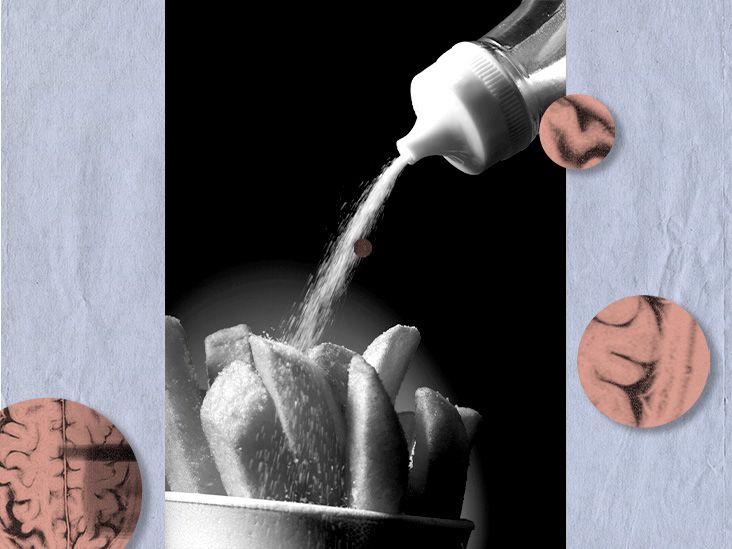Racism in healthcare can have negative consequences for both those being treated and healthcare workers, leading to higher risks of illness and, in some cases, lower standards of care for people of color.
The COVID-19 pandemic draws attention to potential racism in healthcare. A May 2020 study estimates that in the U. S., Black people were 3.57 times more likely to die from COVID-19 than white people. Similarly, the risk of death within the Latinx population was nearly twice that of the white population.
Data from other countries reveal the same issues. A 2020 report from Public Health England found that in England, COVID-19 death rates were higher among Black and Asian people than white people.
The report also found that healthcare workers from marginalized groups felt unable to voice their concerns about the lack of personal protective equipment and COVID-19 testing in the pandemic’s early stages.
This article explores how racism affects various aspects of U.S. healthcare, including pregnancy, emergency treatment, mental health treatment, and more.
A note about sex and gender
Sex and gender exist on spectrums. This article will use the terms “male,” “female,” or both to refer to sex assigned at birth. Click here to learn more.

Racism can have a profound impact on mental and physical health. It can also make it more difficult for people to access healthcare services.
In 2015, the
- Lower life expectancy: In 2014, Black males and females had lower average life expectancies than white males and females.
- Higher blood pressure: Between 2013 and 2014, 42.4% of Black males had high blood pressure, compared to 30.2% in white males. During the same period, 44% of Black females also had this condition compared to 28% in white females.
- Lower rates of influenza (flu) vaccination: Flu vaccines can save lives. However, in 2014, only 60% of Black and Latinx people 65 years old or over received a vaccination, compared to 70% of white and Asian people of the same age.
- Strain on mental health: A
2015 reviewTrusted Source found that racism was strongly associated with mental health difficulties, contributing to stress, anxiety, and depression. This was especially true for Asian American and Latinx groups.
Some of these findings are influenced by racial inequality that exists outside of the healthcare system. For example, economic disparities between racial groups make it more difficult for some to get health insurance, preventing people from getting medical care.
In 2014, around 20% of Black adults could not access health insurance compared to 10% in white and Asian adults. For Latinx adults, this figure was 35%. A 2012 study also found that predominantly Black zip codes were
However, racism can also exist within healthcare itself and can lead healthcare professionals to neglect, disbelieve, or actively discriminate against individuals.
Health equity resources
Visit our dedicated hub for an in-depth look at social disparities in health and what we can do to correct them.
Research from 2016 found many white medical students wrongly believe Black people have a higher pain tolerance than white people. Of all the participants, 73% held at least one false belief about the biological differences between races.
Examples of these beliefs include Black people having thicker skin, less sensitive nerve endings, or stronger immune systems. The researchers note these beliefs are centuries old, and that some 19th-century doctors used them to justify the inhumane treatment of those who were enslaved.
In addition to the
For example, according to research from 2019, doctors in emergency departments (EDs) may be less likely to:
- classify Black and Latinx children as requiring emergency care compared to white or Asian children
- admit Black or Latinx children to the hospital after visiting the ED
- order blood tests, CT scans, or X-rays for Black, Latinx, or Asian children compared to white children
This study did not look at the cause of these differences. However, the researchers say they cannot be explained by social, economic, or clinical factors that would change how doctors treat people of color in emergencies.
Differences in emergency care also apply to adults. A 2020 study shows that between 2005 and 2016, medical professionals were
Racial disparities can also affect the medical care of pregnant people and newborn babies.
The term “infant mortality” refers to the proportion of babies who die below the age of one compared to those who live. Organizations often use infant mortality to measure the success of postnatal healthcare.
Between 1999–2013, infant mortality tended to decrease in the U.S. However, there were still disparities between racial groups. The following 2013 data comes from the
| Group | Infant mortality |
| Black | 11 in 1,000 |
| Indigenous | 8 in 1,000 |
| White and Latinx | 5 in 1,000 |
| Asian or Pacific Islander | 4 in 1,000 |
Black people also face higher risks during pregnancy. According to a
Chronic illnesses are long-term health conditions that can severely impact someone’s quality of life. Sometimes, they can cause disability and require ongoing medical care.
A 2019 study found that Black people ages 51–55 were
The researchers note numerous factors may affect this, such as chronic stress, chronic inflammation, lower rates of insurance coverage, and less access to quality healthcare or PCPs.
According to Mental Health America (MHA), mental illness rates are roughly equivalent between some marginalized groups and white people. However, there are some significant areas of difference, such as:
Disability
Overall, Black people experience a disproportionate amount of disability from mental health conditions compared to white people. Depression in Black and Latinx people is also more likely to be persistent.
Schizophrenia
Black males are four times more likely to receive a schizophrenia diagnosis than white males. MHA suggests this is because clinicians can overlook the symptoms of depression and
Addiction
Native and Indigenous Americans have the highest alcohol dependence rates out of any marginalized group. Conversely, Asian Americans may be under-diagnosed.
A 2016 study suggests doctors are less likely to diagnose alcohol addiction in Asian Americans compared to white people, despite having the same symptoms.
This may occur due to the “model minority” stereotype, which frames Asian Americans as successful and self-reliant. The implicit bias this creates may lead doctors to overlook signs that Asian American patients require help.
Many studies reveal racial disparities in how marginalized groups access and receive healthcare in the U.S. Sometimes, these disparities are related to socioeconomic inequality.
However, biases and stereotypes also have an impact on how healthcare professionals treat people of color. This can lead to over- or under-diagnosis of certain conditions, a lack of proper pain management, and increased health risks, even when economic status is not a factor.


